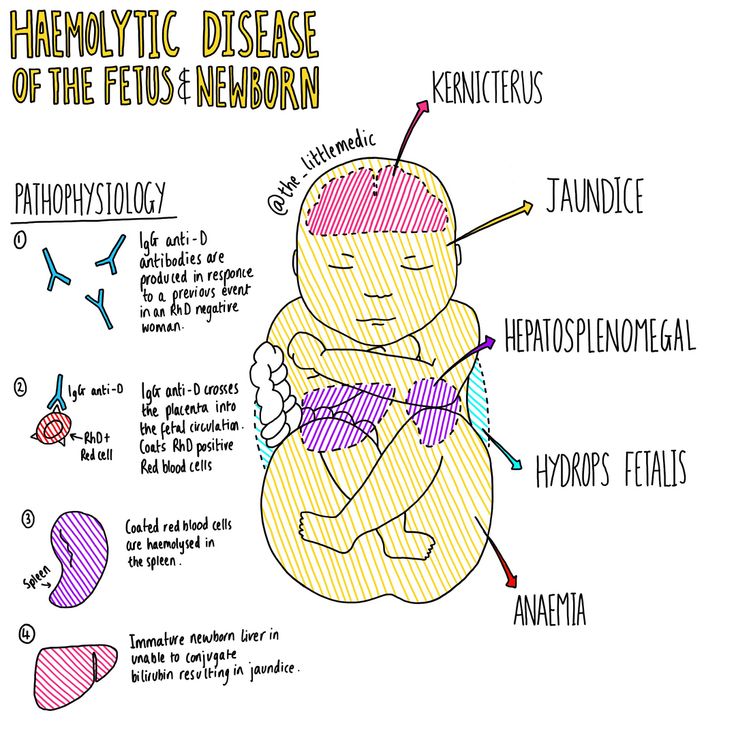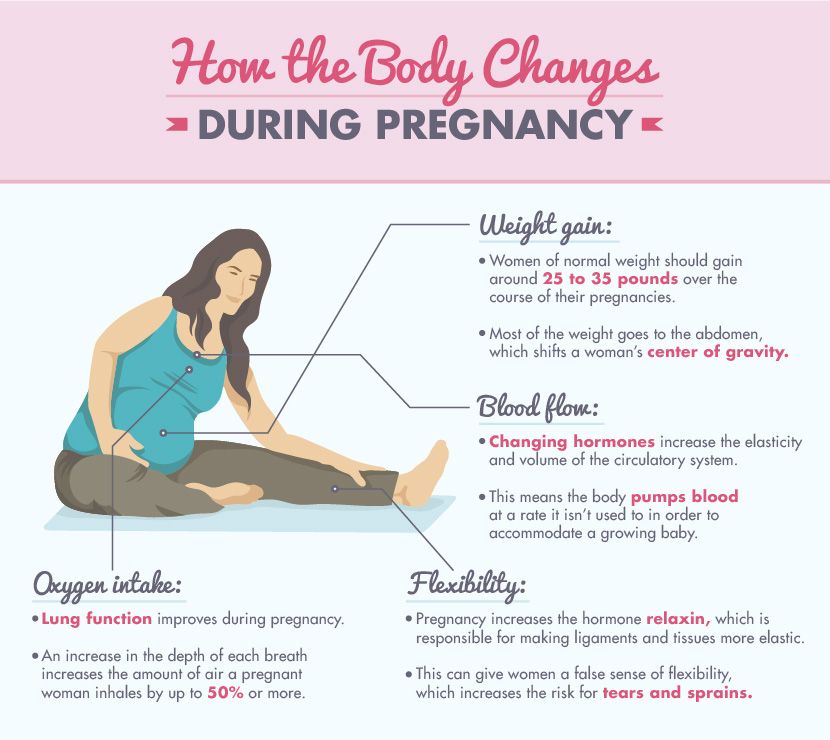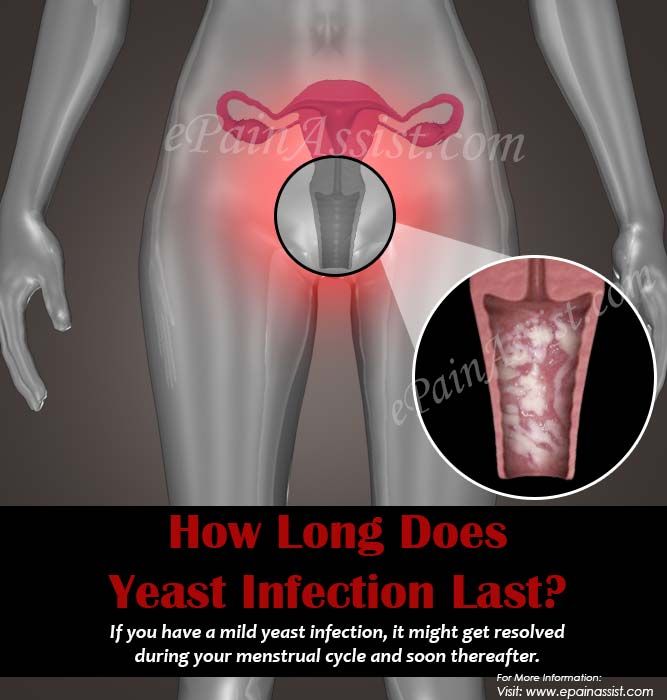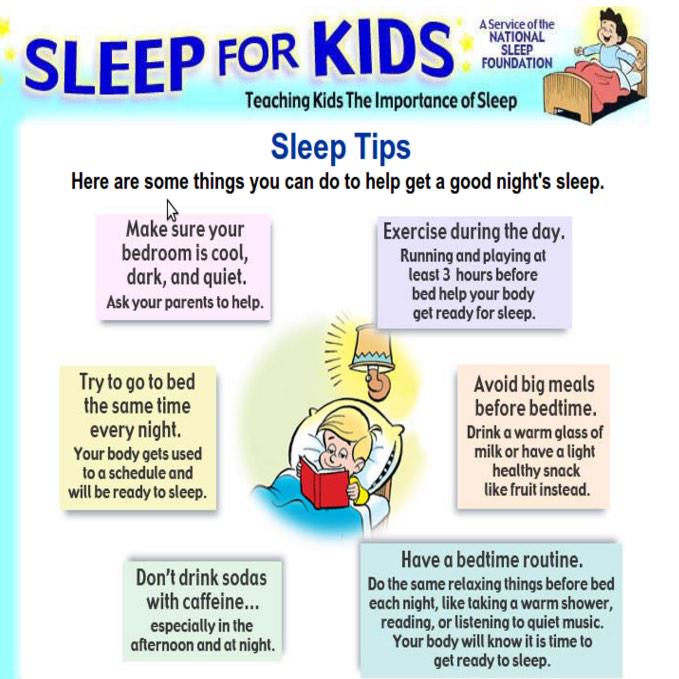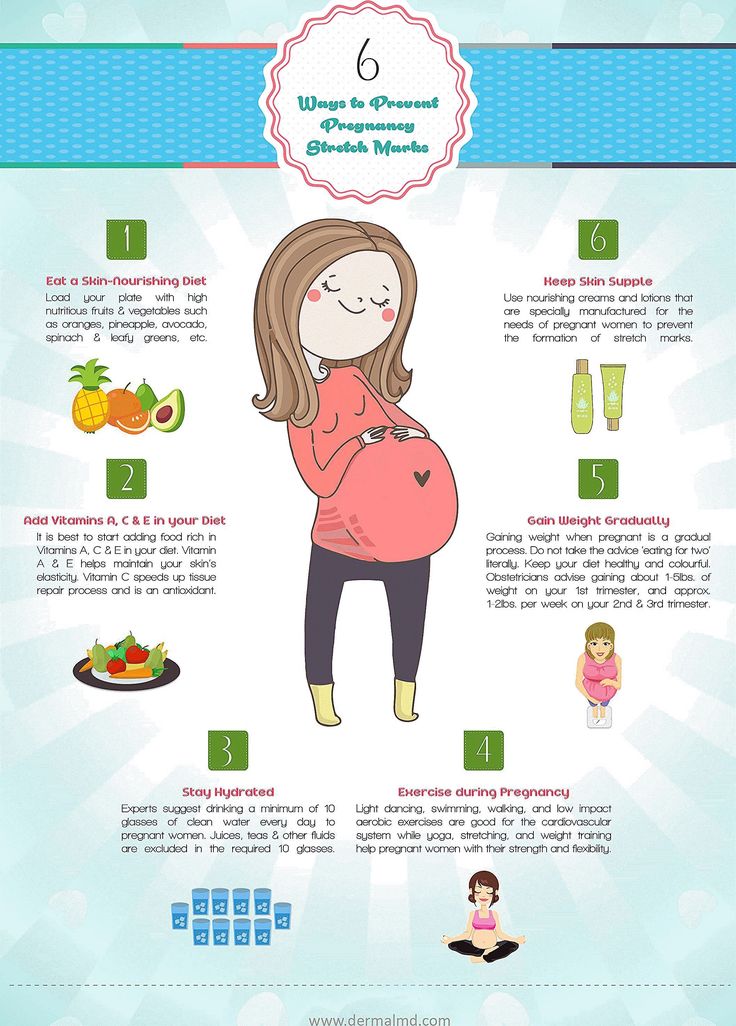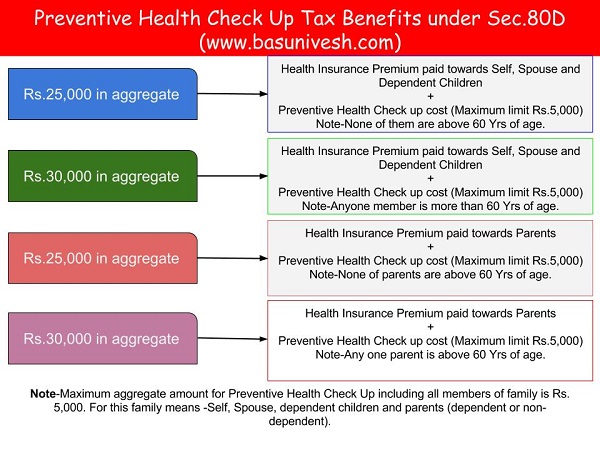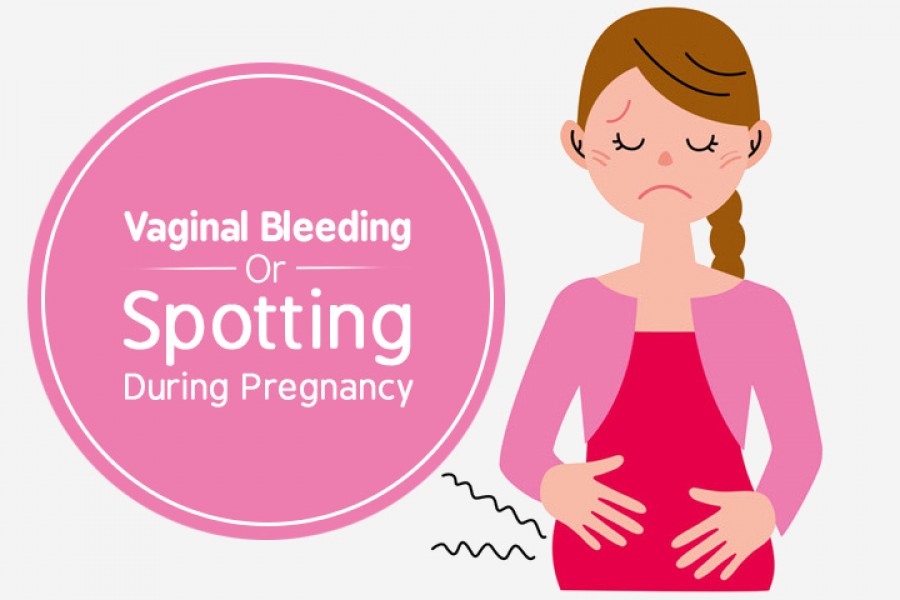The fourth trimester baby
What is the fourth trimester?
beginning of contentBlog post | 10 Oct 2019
Listen
The fourth trimester is the 12-week period immediately after you have had your baby. Not everyone has heard of it, but every mother and their newborn baby will go through it. It is a time of great physical and emotional change as your baby adjusts to being outside the womb, and you adjust to your new life as a mum.
Helping your newborn adjust to the world
Named by paediatrician Dr Harvey Karp in 2002, the term ‘fourth trimester’ suggests that you should try to recreate, for another 3 or 4 months, the kind of environment your baby had in the womb. But just how do you do that?
Swaddling and swaying
Babies spend 9 months in a confined and constantly moving environment. There are several ways you can re-create the sense of safety and security your baby felt before they were born. By swaddling your baby when you put them down to sleep, you will let them feel secure, and you might find they wake less frequently and sleep for longer.
‘Wearing your baby’ in a sling across your chest can feel familiar to them. But it’s important to make sure you use the sling correctly, since they can cause injury if not properly fitted.
Movement is also a great way to calm your baby. Gently swaying or rocking from side to side, walking whilst carrying them or even taking a quick car trip can settle your baby.
Skin to skin contact
Skin to skin contact is always encouraged in the moments after you give birth, but this type of contact should continue long after you have left the birthing room. Cuddling your newborn on bare skin is a great comfort to them. Your smell and the sound of your heartbeat is warm and familiar. This is also something your partner can do.
Feeding
Whether you are breastfeeding or bottle-feeding, if your baby is hungry, don’t wait for a scheduled time to feed them.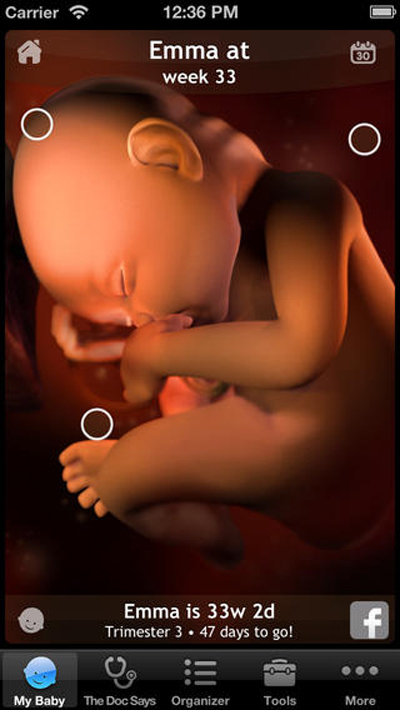 Combine feeding your baby with skin to skin contact to reinforce close contact and comfort.
Combine feeding your baby with skin to skin contact to reinforce close contact and comfort.
Bath time
Having a warm bath is often a relaxing and comforting experience for newborns. Floating in the water is like being in the womb. It’s also a great way for you to bond, talk and sing to your baby.
What does the fourth trimester mean for mum?
For you, the fourth trimester is a time of great change. When the baby arrives, quite often the focus shifts to them and as a result, mums can overlook their own health and wellbeing.
Newborns take up lots of time. It’s very easy for new mums to be overwhelmed in the first few weeks by the demands of feeding, sleeping (or lack of), crying and looking after a baby. Combined with the physical recovery after giving birth and the changes to their hormones, it’s no wonder mums can feel exhausted!
Ask for help
In some cultures, new mums spend the first few weeks totally focused on bonding and recovering with their newborn. Other people, usually a family member like a mother, sister or aunty, will stay with them to do the other things around the house and help out with the baby when needed.
Other people, usually a family member like a mother, sister or aunty, will stay with them to do the other things around the house and help out with the baby when needed.
In Australia, however, most women go home from hospital after a couple of days and attempt to continue to do everything as before.
If you have a partner, encourage them to assist and participate in parenting as much as possible. The two of you are in this together and there are lots of things you both can do to share the load.
You don’t want a procession of people coming over, but a few family and friends can help by:
- bringing meals
- helping with household chores
- looking after your other children (if this is not your first child)
- looking after the baby while you rest
Accept help and don’t be afraid to ask.
Eat good, nutritious food
You will need lots of energy in those first few months, so eating a variety of healthy foods will help give you the boost you need.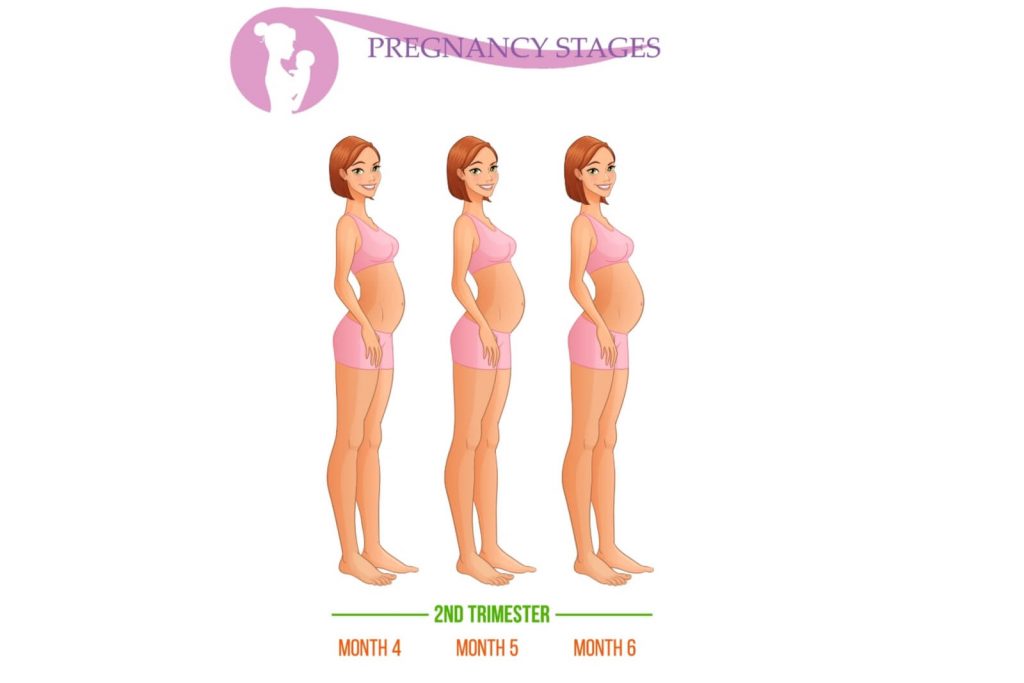 Some some light exercise will also help with your recovery and energy levels. But make sure to give your body time to heal and take it at your own pace.
Some some light exercise will also help with your recovery and energy levels. But make sure to give your body time to heal and take it at your own pace.
Sleep when you can
It might sound obvious, but you need to sleep. It’s going to take a while for your baby to settle into a routine and even then, they will have you up at all hours of the night. If you can, try and sleep when your baby is sleeping, or ask your partner or a family member to look after your baby while you get some rest.
When to see your doctor or midwife
Your body has been through a lot over the past 9 months. Your physical recovery will take time, but it’s important to speak to your doctor or midwife if you have any of the following:
- heavy bleeding or passing of clots
- high temperature or fever
- offensive-smelling vaginal discharge
- a hard or painful lump in your breast
- an area around stitches that is red, hot or oozing
- pain, tenderness or a warm area in your legs
Many women also experience the ‘baby blues’ in the first few days after giving birth, but if these feeling are not going away, it's important you see your doctor as soon as possible. Postnatal depression affects 1 in 7 women in Australia, and it is nothing to be ashamed of, but you need to seek help.
Postnatal depression affects 1 in 7 women in Australia, and it is nothing to be ashamed of, but you need to seek help.
Need help?
- Talk to your doctor or midwife.
- Contact a maternal child health nurse.
- Call Pregnancy, Birth and Baby on 1800 882 436, 7 days a week, from 7am to midnight (AEST).
- Visit the Australian Breastfeeding Association website, or call them on 1800 686 268.
- Call PANDA (Perinatal Anxiety & Depression Australia) on 1300 726 306.
Healthdirect Australia acknowledges the Traditional Owners of Country throughout Australia and their continuing connection to land, sea and community. We pay our respects to the Traditional Owners and to Elders both past and present.
This information is for your general information and use only and is not intended to be used as medical advice and should not be used to diagnose, treat, cure or prevent any medical condition, nor should it be used for therapeutic purposes.
The information is not a substitute for independent professional advice and should not be used as an alternative to professional health care. If you have a particular medical problem, please consult a healthcare professional.
Except as permitted under the Copyright Act 1968, this publication or any part of it may not be reproduced, altered, adapted, stored and/or distributed in any form or by any means without the prior written permission of Healthdirect Australia.
Support this browser is being discontinued for Pregnancy, Birth and Baby
Support for this browser is being discontinued for this site
- Internet Explorer 11 and lower
We currently support Microsoft Edge, Chrome, Firefox and Safari. For more information, please visit the links below:
- Chrome by Google
- Firefox by Mozilla
- Microsoft Edge
- Safari by Apple
You are welcome to continue browsing this site with this browser. Some features, tools or interaction may not work correctly.
Some features, tools or interaction may not work correctly.
A Mother’s Guide to the Fourth Trimester
The fourth trimester—the 12 weeks after giving birth—is just as important for a mother’s health as the first three trimesters. Yet this is often when mothers have the least interaction with their health care team, a time when, some experts argue, mothers need it the most.
The American College of Obstetricians and Gynecologists (ACOG) recommends that mothers have initial contact with their OB-GYN within three weeks after delivery, followed by ongoing care as needed, and a comprehensive postpartum visit no later than 12 weeks after delivery. They also recommend that a postpartum care plan be developed during pregnancy, so that mothers are better prepared when they go home.
“Those 12 weeks after giving birth are a critical time to focus on Mom and make sure that she is healthy moving forward,” says Mary Rosser, MD, PhD, assistant professor of obstetrics & gynecology at Columbia University Vagelos College of Physicians and Surgeons and an OB-GYN at Columbia University Irving Medical Center/NewYork-Presbyterian. “We want to make sure it is not just a one-off checkup but that we’re giving mothers holistic care and support for their growing family. Postpartum care sets the stage for lifelong health and well-being.”
“We want to make sure it is not just a one-off checkup but that we’re giving mothers holistic care and support for their growing family. Postpartum care sets the stage for lifelong health and well-being.”
Postpartum Visits
Just 40% of moms attend their postpartum follow-up visit, says Rosser, who helped develop post-birth recommendations as a member of ACOG’s Presidential Task Force on Redefining the Postpartum Visit. “It’s an overwhelming time, so what often happens is this visit gets pushed aside, but it absolutely should not,” she says. “It impedes the management of chronic health conditions, discussing family planning and contraception, assessing mental health and well-being, and physical recovery.”
Rather than the traditional single checkup at around six weeks, Rosser says that “postpartum care should be an ongoing process, with tailored services to support each mother’s individual needs.”
ACOG recommends a postpartum visit within one to three weeks and another within 12 weeks of giving birth.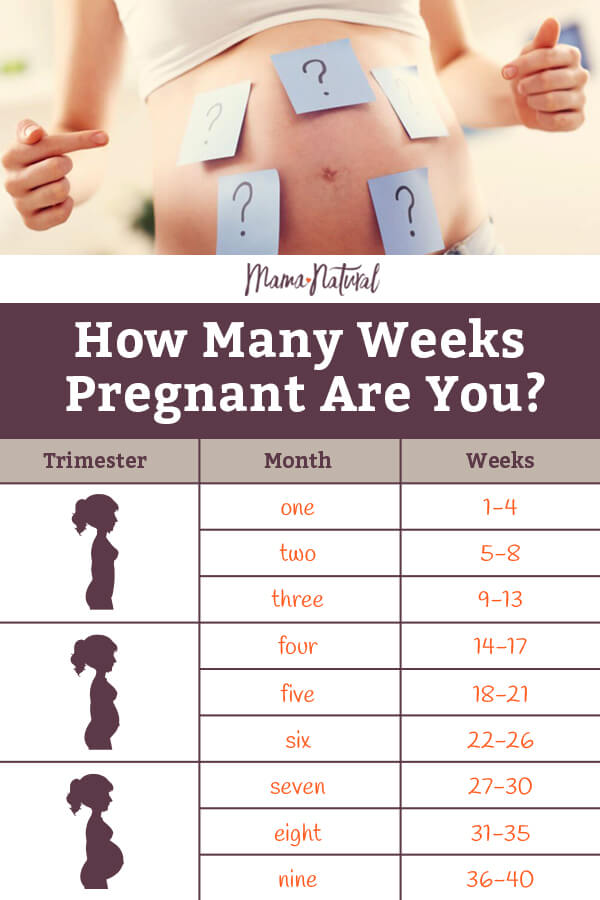
Those who are considered high risk should check in within the first week or two, says Rosser. The first check-in—which often can be done over the phone or via telehealth—is to make sure Mom is doing well physically and emotionally and baby is feeding properly and gaining weight. It is important to discuss with your health care provider, Rosser says, whether this initial visit can be done via video or should be in person.
Within 12 weeks mothers should have an in-person, comprehensive care visit to discuss any medical concerns that may need addressing, as well as the mother’s physical health, mental and emotional health, and infant care and feeding. This also is a time when practitioners and patients can develop a road map for future health.
It is important to note that, depending on a mother’s personal history and individual needs, they should receive ongoing postpartum care as needed. “It really is no longer a one-size-fits-all approach,” says Rosser.
A Comprehensive Postpartum Checklist
1.
 Physical recovery
Physical recoveryAfter delivery, there is a lot of soreness and healing that takes place. It is important for patients to have a full physical exam during their postpartum visit. A patient who had a tear during a vaginal delivery will need a thorough exam to make sure everything is healed. For C-section deliveries, the stitches need to be looked at to ensure they’re healing. “I’ll listen to the heart and the lungs, especially if they have had hypertension, do an abdominal exam, check to see if their thyroid is OK,” says Rosser. “You’re going from top to bottom, just like you would for any comprehensive exam, but you are targeting and individualizing it to that individual woman.”
2. Infant care and feeding
Postpartum appointments also are a chance to assess how a baby is doing and whether they are feeding properly. Breastfeeding is healthy for both infants and moms, but not everyone has instant success. If, after two or three days, there is a lot of pain, Mom is unable to breastfeed, or the baby is not gaining weight, seek support from a lactation consultant.
3. Sleep and fatigue
Mothers will be very fatigued in the first few weeks after delivering a baby. Experts advise new mothers fit in sleep whenever possible, such as when the baby is sleeping. Resist the urge to do chores around the house when your newborn is sleeping; instead, take a nap yourself. Consider enlisting your partner in nighttime feedings so that you can get a good night’s sleep. Perhaps a family member or friend can help with babysitting once or twice a week or running errands while you get some much-needed rest. Don’t be afraid to ask for help if you are not getting enough sleep to function. Sleep deprivation should slowly get better over time. If it does not and instead gets worse, call your doctor.
Getty Images
4. Mental health and well-being
It is normal to feel a bit of sadness seven to 14 days after birth—as many as 80% of women experience these “baby blues.” After all, a mother’s hormones are shifting, there is lack of sleep, and mothers are adapting to a new baby. “But if it goes beyond 10 to 14 days and people feel an overwhelming sadness or hopelessness, or a mother has so much anxiety or worry that they even think about not existing anymore, that may be a sign of postpartum depression,” says Rosser. “Those are reasons to get help immediately.”
“But if it goes beyond 10 to 14 days and people feel an overwhelming sadness or hopelessness, or a mother has so much anxiety or worry that they even think about not existing anymore, that may be a sign of postpartum depression,” says Rosser. “Those are reasons to get help immediately.”
5. Sex and family planning
Returning to sex should be a personal decision. “Usually, it’s OK at six to eight weeks if everything is healed, or whenever Mom feels ready,” says Rosser. “What is important is that partners have open communication. Sex may be a bit different, so it is good to be open to it being different and take your time.”
When it comes to contraception and family planning, Rosser urges patients to have a plan in place before the baby arrives. Do not consider breastfeeding a form of contraception. “Before you become sexually active again, talk with your provider about birth control. Many patients will opt for an IUD right after delivery so that they don’t have to worry about an unplanned pregnancy immediately after birth. ”
”
6. Diet and exercise
It is important for new moms to nourish their bodies with healthy, whole foods (lots of fresh fruits and vegetables, lean protein, and whole grains), drink plenty of water, and begin moving their bodies as they feel ready. For those who have had a vaginal delivery or a C-section, an excellent place to start is simply walking: Go outside and walk around the block. Ease into it and build up your physical activity. Those who have had a C-section should check with their doctor about when to resume more strenuous physical activity.
Eating well and moving helps the body heal and recover. Healthy babies need healthy, well-adjusted mothers. “If Mom is not well, then she is not going to be able to care for her baby and her family the way that she might want,” says Rosser.
7. Chronic disease management
Postpartum visits are an opportunity to recognize risk factors for conditions like heart disease or obesity and to check that complications during pregnancy such as high blood pressure or diabetes are resolving. “We can provide risk reduction strategies and early intervention,” Rosser says. “It’s about educating, empowering, and motivating the patient and encouraging a healthy lifestyle that is consistent.”
“We can provide risk reduction strategies and early intervention,” Rosser says. “It’s about educating, empowering, and motivating the patient and encouraging a healthy lifestyle that is consistent.”
8. Know the warning signs
One-third of maternal deaths occur after the birth of the baby, from one week through one year after delivery, according to the Centers for Disease Control and Prevention. Black women are three to four times more likely to die of a pregnancy-related cause than white women. It’s a sobering statistic that OB-GYN experts are working diligently to change by raising awareness of certain warning signs.
Seek medical attention immediately if you have any of the following symptoms:
- Fever or chills. This could indicate an infection vaginally (if there was a significant tear), in the womb, or of the C-section. Urinary tract infections can also be very common.
- Heavy, brisk, bright-red bleeding. Postpartum women may bleed up to four to six weeks; however, if it is heavy all at once, it could be postpartum hemorrhage.
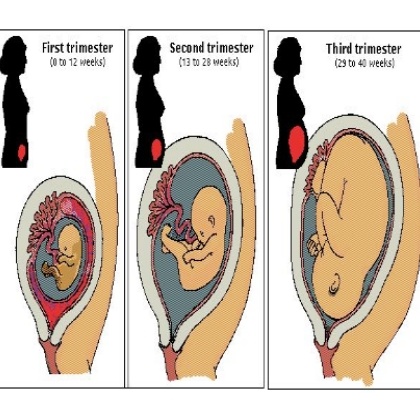 “I tell women, if you saturate a pad every hour and that’s consistent for several hours, we want to see you,” says Rosser.
“I tell women, if you saturate a pad every hour and that’s consistent for several hours, we want to see you,” says Rosser. - Dizziness. A symptom associated with loss of blood.
- Shortness of breath or chest pain. This might signal a blood clot like deep venous thrombosis or a pulmonary embolism.
- Severe headache. Sometimes associated with preeclampsia, which is a pregnancy complication characterized by high blood pressure or stroke.
- Swelling of the legs and feet. May be a sign of preeclampsia.
- Deep sadness, thoughts of hopelessness, or thoughts about death, suicide, or harming oneself or the baby. Postpartum depression affects one in 10 mothers and is very serious.
“These symptoms can be life-threatening,” says Rosser. “Don’t ignore them or chalk them up to just being tired and postpartum. If it’s something that is out of the ordinary, please contact your doctor or go to the emergency room. ”
”
Mothers who are considered high risk—those with diabetes, high blood pressure, obesity, or another chronic health condition—should be extra vigilant about any signs and symptoms that are not normal.
“Just as babies need care and attention during the fourth trimester, so too do mothers,” says Rosser. “Postpartum care is a crucial time to make sure Mom is safe and healthy so that the baby can be supported in the best possible way.”
Fourth trimester of pregnancy: Term. What is donating?
What is full term?
The baby is born completely dependent. He cannot calm down and fall asleep on his own, he cannot raise his head, roll over. All his needs depend on loved ones who care for him. The first months of life, the mother's help in everything should be maximum in order to “grow up” the baby.
That is why the period from birth to three months is often called full-term - a period that replaces pregnancy and childbirth. Endurance is such a special stage, the "4th trimester of pregnancy. "
In many cultures of the world, for many centuries a newborn baby was hidden from prying eyes, not taken out of the house, and not even given a name. Of course, these traditions have an explanation - a very high infant mortality and belief in "evil spirits" forced people to be careful and attentive to newborns.
In the modern world, the quality of medicine and obstetric care has stepped far forward, and early infant mortality has been significantly reduced. But the traditions of “protecting” the baby in the first weeks after birth have been preserved.
It's too early to educate!
In the first weeks of life, the baby sleeps a lot and does not react at all to loved ones. It looks as if the baby "hung" between the worlds. The task of parents during this period is to help the baby move from the womb to the big world.
But just in the first weeks of life, young parents are simply bombarded with tons of conflicting advice: “don’t take it in your arms, you’ll teach it to be handled”, “don’t swing it”, “accustom it to the regime right away”.
Remember the main thing - 9 more0007 too early to worry about the habits and upbringing of the child . The most important thing during the period of “wearing out” is not to overwork the baby, not to expect independence from him in matters of sleep, to help calm down, to ensure safety. And, of course, take care of yourself, conveying your care, calmness and love to the baby - through your hands, voice and your presence.
Play the role of the “belly”
In order to make the transition gradual and smooth, it is necessary to recreate conditions for the child as close as possible to intrauterine, to play the role of the abdomen. Let's think about how to do it:
A loose swaddle will help keep your baby snug enough. Modern velcro diapers allow you to swaddle your baby safely. Choose diapers according to the season, make sure that the baby does not overheat. Swaddling has a calming effect, avoiding awakenings caused by the Moro reflex. In the diaper, the baby is easier to shift from hand to bed.
Dark. In the first months of life, circadian rhythms in children have not yet been established, they do not distinguish between day and night cycles and can sleep in any conditions. But, bright light is annoying, and darkness helps newborns calm down and develop an association with sleep. If you follow the simple rule “we are awake in the light - we sleep in the dark”, circadian rhythms will be established faster and you will avoid the problem called “the baby mixed up day and night.”
White noise. The baby before birth was constantly in a rather noisy environment - these are the sounds of the mother's breathing, her heartbeat and blood flow, the work of the digestive system. Such monotonous bubbling, roaring, hissing sounds on the same wavelength are called “white noise”. These sounds have a very calming and relaxing effect on all people from birth to 99 years of age. You can play these sounds on a dedicated device and mobile phone.
VIDEO LESSON
Baby sleep from 0 to 3 months
More
In the womb, the baby is used to constant movement. Gentle rocking motions - not sharp and of the same type, but smooth and varied in their amplitude of rocking with the addition of pauses - are a good way to calm babies during the period of bearing
Skin-to-skin contact. In the first weeks of a child's life, it is very important to organize life in such a way that the mother is constantly with the newborn baby. Close contact with the mother - the baby is in her arms or lies nearby, the mother and the baby are in visual and verbal contact. This close contact is called the "nesting method". The method based on physical contact with the mother can be effective for problems with lactation, sleep and strengthens the attachment between mother and baby.
Mom's voice. The voice that is familiar to the baby better than any others, the voice that has been with him all his life. Mom can sing lullabies, tell fairy tales, or just make individual rhythmic sounds - the baby still does not understand the meaning of what was said, but he feels the intonation perfectly. You can communicate with the baby in a soft, monotonous, low voice that promotes relaxation, and the baby will definitely feel in a safe and familiar environment.
What is the fourth trimester of pregnancy?
26.10.2020
Traditionally pregnancy is divided into three trimesters, each of which includes three months and has its own characteristics. But recent concepts speak of the fourth trimester, which includes the first three months of a baby's life after birth.
The essence of the fourth trimester
A child is born physically not ready to satisfy his vital needs, such as movement, independent nutrition. The first three months are a period of adaptation: the child to the world, the child to the parents, the parents to the child. Kid all 9months he was in a warm, cozy place (the womb) and felt absolute security, but now he is surrounded by a completely different world. Therefore, the main task of parents will be to provide love, tenderness and care for the child.
The first three months are a period of adaptation: the child to the world, the child to the parents, the parents to the child. Kid all 9months he was in a warm, cozy place (the womb) and felt absolute security, but now he is surrounded by a completely different world. Therefore, the main task of parents will be to provide love, tenderness and care for the child.
The first months of life already directly influence the formation of a person's personality. The environment and accompanying feelings help the child learn the ability to love, to be loved, to feel comfortable. Big changes are also taking place in the minds of parents: experiencing new emotions creates a path to accepting a new sense of self, redefining values, and discovering boundless patience and wisdom. Now parents are responsible not only for themselves.
Tips on how to make the fourth trimester comfortable for the child
Restless sleep and constant crying of children in the first months of life are common. This is due to the absence of constant noise and movement, which was created by the mother's organs in the womb, the appearance of bright light, the development of hunger, cold. Co-sleeping will help in this problem, which will provide the child with your warmth and smell. If possible, you need to put the baby to breast , if he is nervous, he will calm down sooner.
This is due to the absence of constant noise and movement, which was created by the mother's organs in the womb, the appearance of bright light, the development of hunger, cold. Co-sleeping will help in this problem, which will provide the child with your warmth and smell. If possible, you need to put the baby to breast , if he is nervous, he will calm down sooner.
The second tip is swaddling. The kid is used to constant skin-to-skin touches, tightness. Swaddling should not be too tight, at the time of sleep. Then gradually leave the arms and other parts of the body open. Swaddling should be completely abandoned up to 3.5 months.
If the child is crying and cannot calm down, using the "tiger in the tree" position will help a lot. It is necessary to put the baby on the arm bent at the elbow, as if on a twig, with the stomach down. Using white noise, such as a running vacuum cleaner or hair dryer, can help you avoid waking up too often.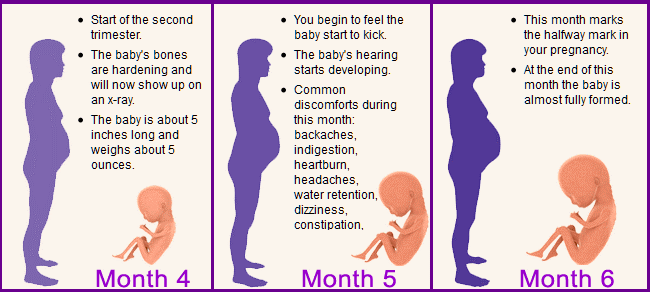
Tips on how to make the fourth trimester comfortable for mom
Mom also needs adaptation with the birth of a child. She should try to interact with the child in different ways, to study him. A large amount of time spent by the three of us, with a new family member, getting to know each other and new circumstances, will benefit both mother and child. To be around for as long as she herself wants, not to be afraid to ask for help from loved ones in doing household chores. At the same time, it is important not to forget about yourself. From time to time, a respite will only benefit, it can be shopping or going to a cafe with friends, for personal preferences.
More tips to help you prepare for your fourth trimester
- Learn about baby care before your baby is born .
- To spend the last month of pregnancy with her husband like a honeymoon, because after the birth of the child there will be little time for each other.
